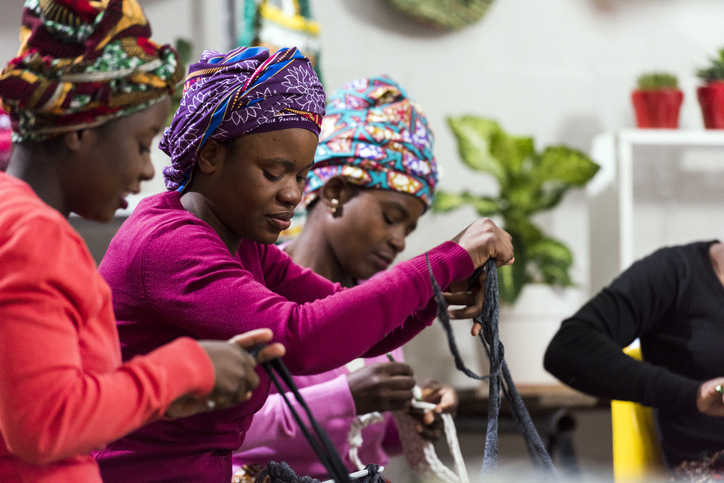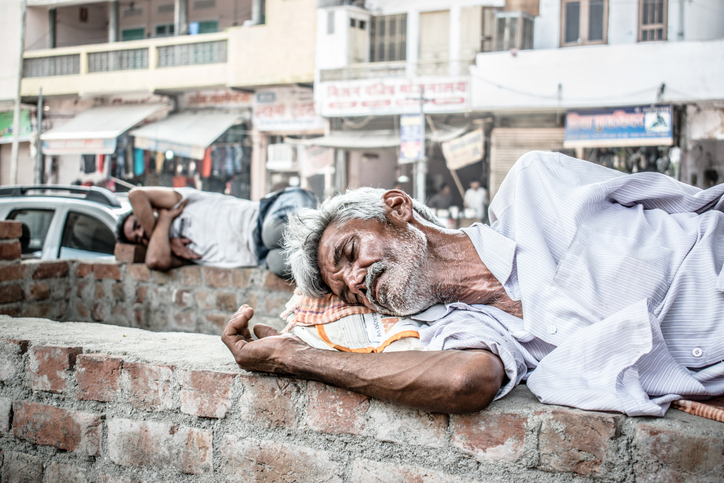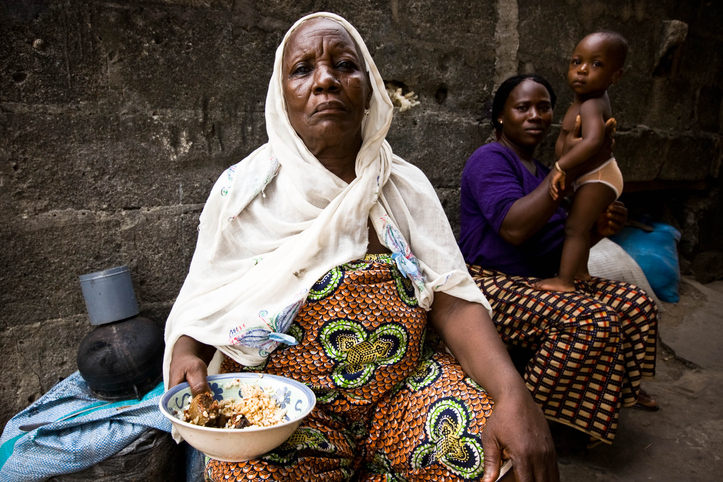Do gender norms shift in situations where conflict forces millions of people to flee their homes? This column reports evidence from Colombia, that changes during such traumatic times can be contradictory, with improvements in one area not necessarily implying improvements in others. For example, norms condoning violence against women relax with displacement, while those that limit women’s access to economic opportunities become more restrictive.
Gender norms limit women’s access to opportunities, basic services, and participation in decision-making processes. They can also slow down economic growth and pose obstacles to poverty reduction.
A growing body of research (including studies by El-Bushra, Fiddian-Qasmiyeh, and Gururaya) suggests that conflict-induced displacement – one of the most traumatic events that a community can experience – can accelerate changes in gender norms. Displacement can expose people to different cultural norms and structures that contest or reinforce gender norms, such as religious leaders. For example, studies by Gulesci and Tuccio and Wahba explore these mechanisms in the Middle East.
In my work, I study the case of displacement in Colombia, a country that has suffered internal conflicts for most of the 20th century. Illicit drugs, weak institutions, the presence of multiple armed groups that fight to control resources and land, and high levels of poverty and inequality are just some of the drivers of this violence.
Conflict-induced displacement is linked to violence, but the underlying causes are as complex as the protracted conflict itself. At the end of 2019, there were 45.7 million people worldwide who had been forced to flee their homes, 12% of whom were internally displaced in Colombia. This is the second largest displacement after Syria.
Displacement in Colombia affects women and men differently. For example, studies by Calderón et al., Meertens and Segura-Escobar, and Meertens and Stoller indicate that movement from rural to urban areas often represents the lack of opportunities for men, whose agriculture skills are not relevant in cities, but a higher likelihood of employment for women because of their roles in the domestic sphere. These dynamics create tensions and challenge gender norms that cast men as the main breadwinners.
I analyze data from the Colombian Demographic and Health Surveys, for the period 2005 to 2015, to examine whether gender norms, measured by behaviors and attitudes, change among displaced women – compared to non-displaced women with similar characteristics.
The findings are mixed:
- Displacement reduces tolerance of norms that condone violence against women. Displaced women are more likely than non-displaced women to reject statements such as ‘women stay in abusive relationships because they like it’. They are also more likely to confront or challenge a friend who abuses a woman.
- However, gender norms that limit women’s economic opportunities become more rigid among the displaced. Specifically, displacement reinforces traditional attitudes around women’s roles as caregivers. Despite working more hours than their non-displaced counterparts, displaced women are less likely to have decision-making power regarding their earnings.
- There are also inconsistencies between attitudes and behaviors in specific domains of gender norms. For example, displaced women are less likely than their non-displaced counterparts to agree with patriarchal statements such as ‘a good wife obeys her husband’. But their ability to make decisions concerning contraception also decreases with displacement.
What factors may be contributing to these results? A forthcoming qualitative study by Escobar et al. suggests that despite being at greater risk of domestic violence due to changing gender roles in the economic sphere, displaced women have learned to set boundaries with hostile partners. They know their rights and referral pathways, and they often create support networks that provide protection in host communities.
In the case of contraception, the contradiction stems from the fact that displaced men associate women’s reproductive control with infidelity and therefore reject the use of contraceptive methods. Nonetheless, women appear to contest such norm with the use of clandestine contraception provided by community or institutional networks.
While these findings shed light on changes in gender norms in situations of displacement, some limitations remain. My study was constrained by the lack of data specific to men. Nonetheless, focusing on women’s views and their own decision-making power provides an overview of intra-household dynamics that could provide insights into men’s attitudes and behaviors.
Knowing more about gender norms and whether they change in situations of displacement is crucial for designing and implementing policies aimed at providing opportunities for displaced people:
- Social assistance programs could address barriers to contraception by providing information to increase uptake and men’s support for modern methods. While this may not guarantee a shift in gender norms, it may provide opportunities for displaced women to overcome some of the challenges imposed by those norms.
- Economic empowerment programs for the displaced should have built-in guidelines to protect women and engage men in promoting more gender-equitable relationships.
- Given the long-term nature of displacement in Colombia, it is important to build capacity for both women and men to access economic opportunities and eventually to replace social assistance.
- Finally, gender-based violence is a complex issue that requires a range of interventions, such as designing effective facilities and services for survivors, and engaging men and boys in prevention and response.






